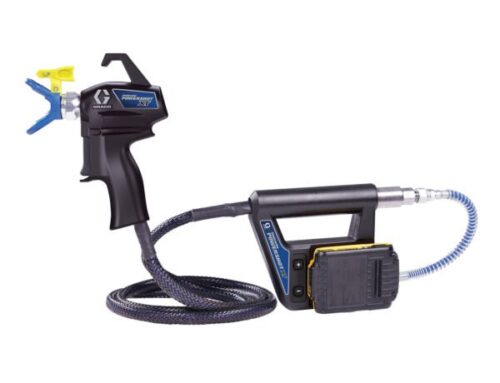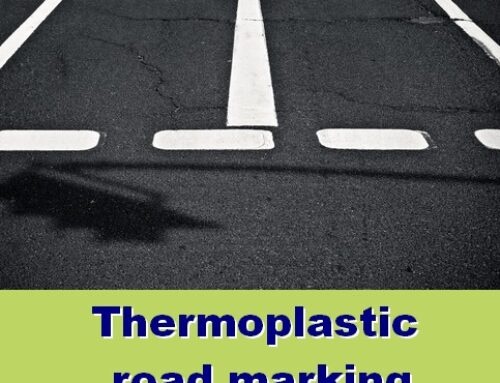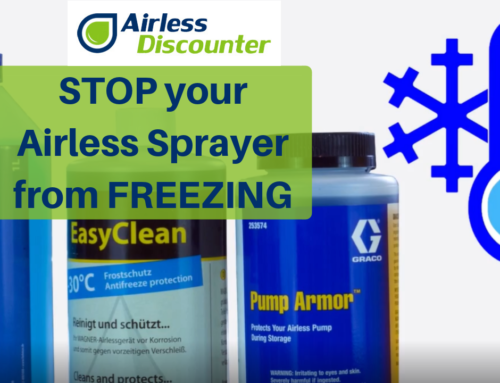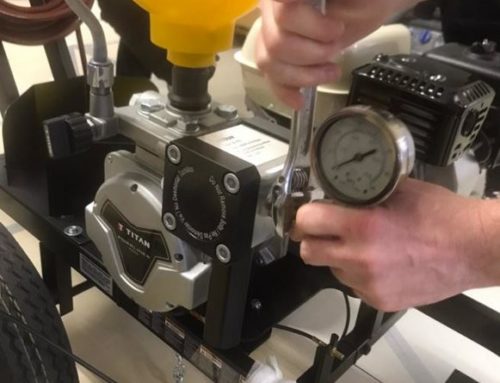A basic protection device for painters that is often under-utilized, the spray painting mask is worn over the mouth and nostrils, usually held in place by an elastic band.
What are the common spraying materials that require a spray painting mask?
How to choose the correct spraying paint mask? What material compounds are the most toxic?
We cover these questions and more in this article!

Spray Painting Mask – How to Choose the Correct One?
The painting materials are made up of pigments, binders and solvents, as well as other compounds such as curing agents, drying agents, elastifiers, etc. (which are known as additives).
The pigments can be of organic- and mineral origin.
Apart from respiratory protection masks, it is very important to have general safety measures:
- Adequate ventilation
- A proper mixing room for the safety of others
- Cleaning the gun to avoid excessive fog or overspray issues
- Replacing worn out spray tips
- Proper spraying technique
Unfortunately, respiratory protection is still neglected to this day.
Even unconventional and inappropriate methods are used, such as putting a piece of cloth in front of the face or simply wearing a dust mask.
In workshops with paint booths, fixed ventilation and extraction systems are solutions readily available.
In work areas like construction sites, with changing environmental conditions, it is more complicated.
It is important to take care of yourself and bear in mind the safety of others.

Spray painting mask recommendations
We recommend using half masks with replacement filters or disposable self-filtering masks with a suitable filter, as they offer a high degree of flexibility in the work-place and sufficient protection.
Combining filters that work with both wet particles and volatile emissions, resulting from paint fog, should be used too.
For example:
- For plastic dispersions and others (dilutable in water), for example: filter A1P2
- For alkyd and other resins (containing solvents), for example: A2P2 filters
How to choose the correct spray painting mask?
In the previous examples A1P2 and A2P2, the letters describe the type of filter, the numbers, the performance of the corresponding filter.
The higher the number, the greater the filter performance. Select your spray painting mask according to the area of application or the concentration of pollutants. Of course, the instructions and recommendations of the manufacturer must be followed too.
In the case of multicomponent or hybrid coatings, it will be a deciding depending on the solvent used or the corresponding instructions of the manufacturer. If there is no information, report this to the manufacturer!
In the end, even in low spray systems, it will never be completely avoidable to come into direct or indirect contact with the mist created by the spraying of paints.
Therefore, we generally recommend the use of suitable respiratory protection masks. Some clients with whom we have worked with, recommend a self-filtering mask for organic particles and vapors. The type of filter would be FFA1P2D.
This type of protective masks are identified through colors. The protective mask recommended by some of our clients is distinguished by brown and gray colors. These are focused on particles composed of inert materials, gases and vapors that come from solvents and inorganic vapors.
As an example, the 3M self-filtering mask, series 4000.
Learn more about the different types of 3m respiratory protection masks here.
Summary
Here is a brief summary of the body part areas that need protection:
- The skin should be protected as much as possible (for example: with a jumpsuit and gloves). Of course, in the workplace you should not smoke or eat.
- Mouth: A good respirator is “essential” for you and your quality of life in the long term, as a painter.
- Body: This protection is rather a recommendation for the painter. If you want to avoid the use of long-term color spots on the skin, the use of a monkey is recommended.
- Hands: You should also wear gloves to protect your hands. Disposable gloves are especially good.
- Feet: The same applies to your feet, which should be protected with proper shoes. Of course, you can also work with the shoes you use daily. But you can be sure that there will soon be a touch of color in it. On the other hand, if you work with airless paint machinery, it would be advisable to use shoes with protection at the tip, to protect your toes in a possible accident with the equipment (in case you or your colleague roll the sprayer over your foot!)
- Eyes. Unfortunately, a much higher percentage of painters have now experienced eye damage as a result of overspray. Protective goggles are a must have, for longer term preservation of eye sight.

Love our content? You can find more here:
Check out our Airless Discounter YouTube channel
Airless Discounter Instagram account
Questions or queries?
For any further questions or if you would like to get your hands on one of these products seen in this article, you can contact us on +49 (0) 30 220 15436, fill out our contact form or email us.
If you wish to purchase one of the products mentioned above, you can check them out in our online store.









